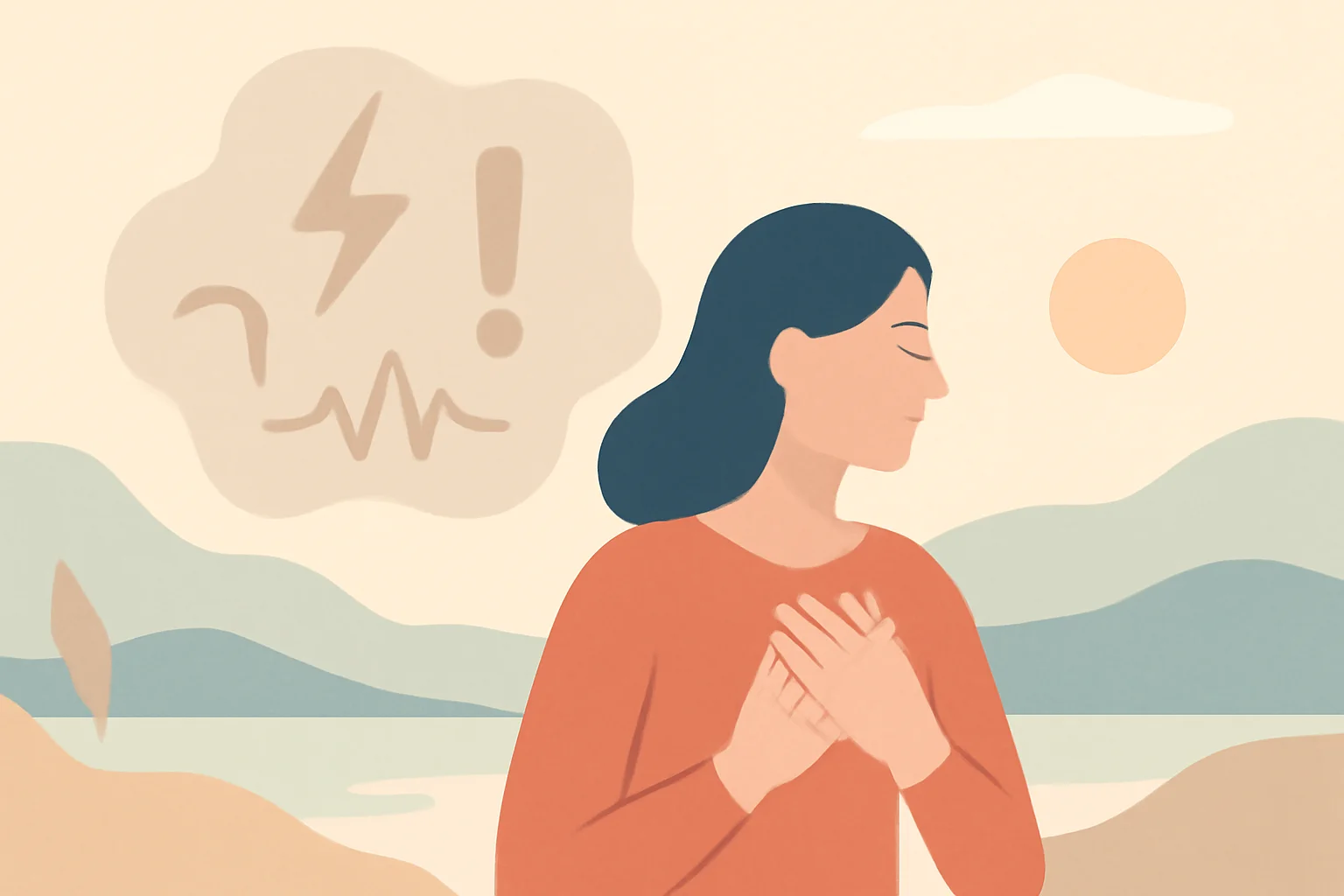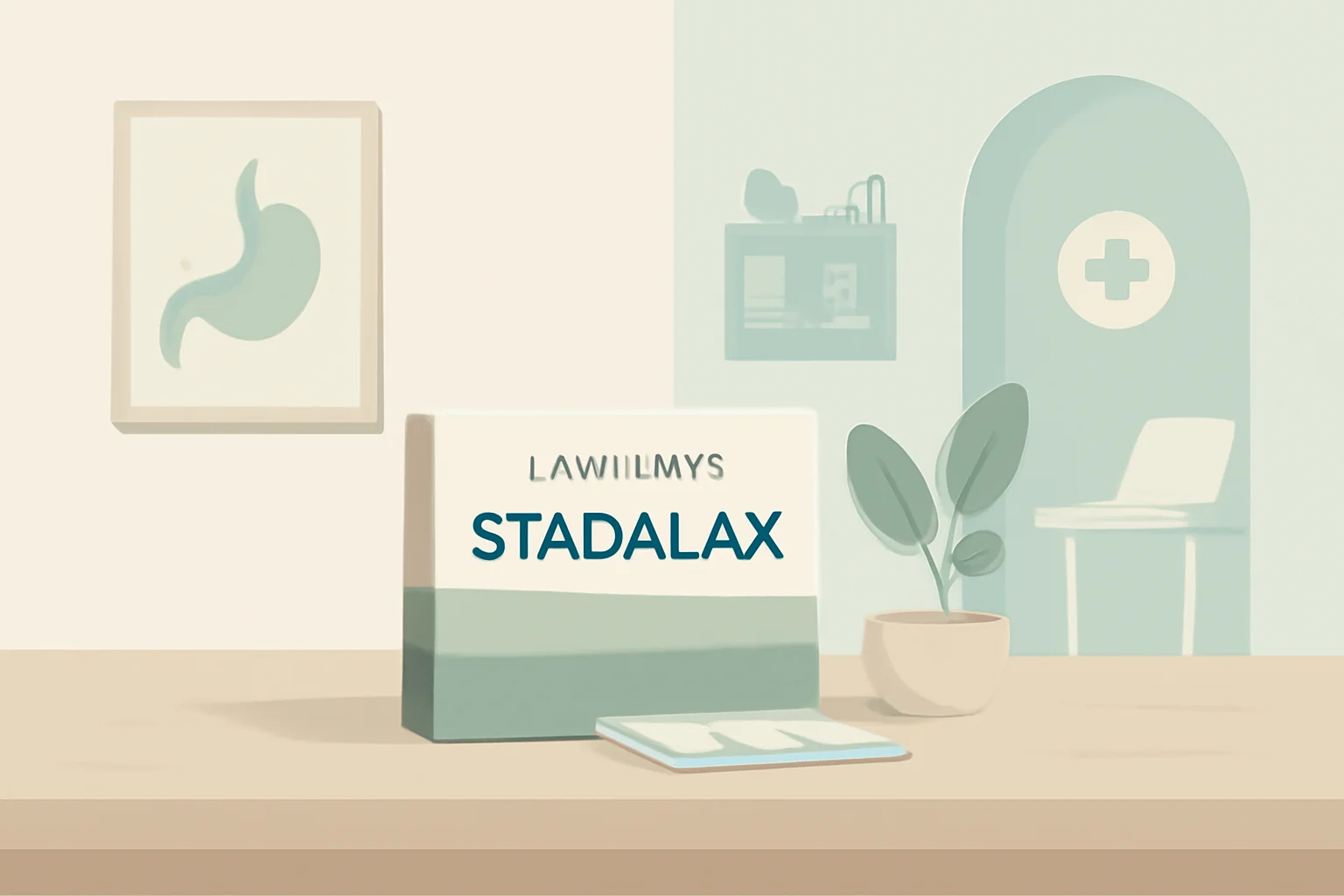
Managing Anxiety and Panic: Tips for Everyday Life
The feelings of anxiety and panic are familiar phenomena for many people in our daily lives. Throughout our lives, we encounter numerous situations that can cause tension, worry, or fear, and these reactions are natural. However, there are times when this tension becomes so overwhelming that it disrupts our daily tasks and makes life more difficult. The various forms and intensities of anxiety and panic affect us differently, and it is important to understand the differences between them.
Anxiety generally refers to a heightened state of worry or fear, often with a specific cause, while panic arises as a sudden, intense fear that can strike us without warning. People often do not know when they are experiencing anxiety and when panic sets in, which is why it is important to be aware of the symptoms and treatment options. The aim of this article is to help better understand these phenomena and support those who may be facing these issues.
Anxiety: A Natural Response to Everyday Stress
Anxiety is a natural reaction that serves as a protective mechanism for our body and mind. When we feel anxious, our body reacts to a stressful situation, which can help prepare us for challenges. Anxiety can manifest in various forms, such as in social situations, during workplace challenges, or even regarding minor decisions in everyday life.
The symptoms of anxiety encompass a wide spectrum. These include increased sweating, heart palpitations, trembling, dry mouth, and difficulties in concentrating. These reactions are often linked to our body’s “fight or flight” response, which helps in avoiding dangers. However, if anxiety becomes chronic and consistently makes our lives difficult, it may be worth seeking professional help.
The treatment of anxiety can often involve various methods. Psychotherapy, particularly cognitive behavioral therapy (CBT), can be effective in reducing anxiety. Additionally, relaxation techniques like breathing exercises and meditation can also help alleviate anxiety levels. Appropriate lifestyle changes, such as regular exercise, healthy eating, and adequate sleep, can also contribute to reducing anxiety.
Panic Attacks: Sudden Fear and Loss of Control
Panic attacks represent sudden, intense feelings of fear that often strike unexpectedly. These episodes typically last for a few minutes, but for those affected, this period can feel endless. During a panic attack, the body can produce various physical symptoms, such as shortness of breath, heart palpitations, chest pain, dizziness, or even the feeling of “fainting” or going crazy.
Panic attacks often do not relate to specific events, and in many cases, those affected cannot identify what triggered the attack. This unpredictability further heightens fear, and the anxiety about the next attack often complicates daily life. Individuals who struggle with panic attacks frequently avoid situations where they previously experienced attacks, which further narrows their social life.
The treatment of panic attacks can also occur in many ways. In addition to medication, psychotherapy, especially CBT, can be effective. Techniques used during panic attacks, such as breathing exercises and mindfulness, can help manage and prevent attacks. It is important for those affected to know that they are not alone and that with the right support, panic attacks can be managed and anxiety reduced.
The Differences and Similarities Between Anxiety and Panic
There are numerous differences between anxiety and panic, but it is important to note that these two states can be closely intertwined. Anxiety generally develops gradually, while panic attacks occur suddenly and intensely. Anxiety is often a reaction to a specific cause, event, or situation, while panic attacks can sometimes strike without reason.
The symptoms of anxiety are typically of moderate intensity and can be chronic, while during panic attacks, symptoms appear suddenly and dramatically. The physical symptoms experienced during panic attacks can be so intense that those affected feel they are in life-threatening situations, which is not characteristic of anxiety.
It is crucial to seek appropriate support and treatment for both conditions. The combined use of therapy, medication, and various relaxation techniques can help in managing anxiety and panic. Self-help techniques, such as journaling, breathing exercises, and physical activity, can also contribute to symptom management.
Understanding anxiety and panic is key to better managing these conditions. With information and knowledge, we can more easily find solutions and supportive communities that can help in overcoming difficulties.
**Warning:** This article does not constitute medical advice. If you are struggling with health issues, please consult a doctor or healthcare professional.

